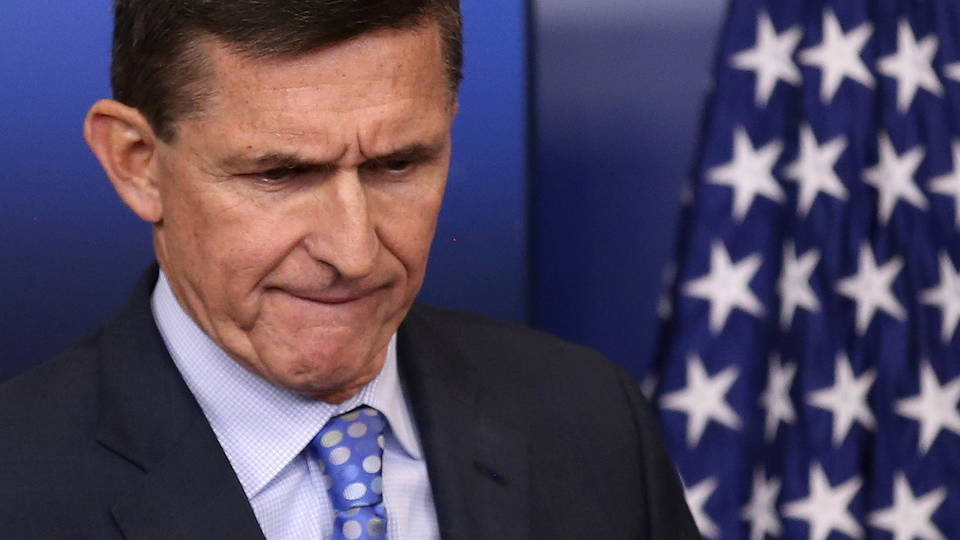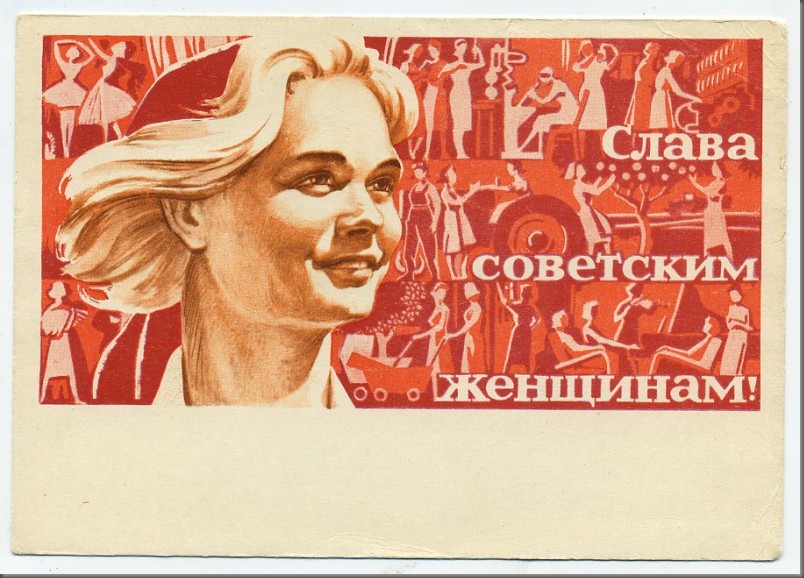Russian language - Wikipedia. Russian (. It is an unofficial but widely spoken language in Ukraine and Latvia, and to a lesser extent, the other countries that were once constituent republics of the Soviet Union and former participants of the Eastern Bloc.
Written examples of Old East Slavonic are attested from the 1. It is the most geographically widespread language of Eurasia and the most widely spoken of the Slavic languages. It is also the largest native language in Europe, with 1. Russia, Ukraine and Belarus.

Russian is the eighth most spoken language in the world by number of native speakers and the seventh by total number of speakers. Russian is also the second most widespread language on the Internet after English. Russian distinguishes between consonantphonemes with palatalsecondary articulation and those without, the so- called soft and hard sounds. This distinction is found between pairs of almost all consonants and is one of the most distinguishing features of the language. Another important aspect is the reduction of unstressedvowels. Stress, which is unpredictable, is not normally indicated orthographically though an optional acute accent (. It is a lineal. From the point of view of the spoken language, its closest relatives are Ukrainian, Belarusian, and Rusyn.
A Foreign Affair international dating service meet Russian women Latin women Asian women colombian women & china women for love, 75 tours a year to meet Russian.
- Why Amazing-Women.com. We will help you to contact beautiful Ukraine women, develop relations, meet your chosen Ukraine woman personally and BE HAPPY!
- Why Russian Women Want to Leave Russia? By Elena Petrova. I hear this question all the time, from men and media, "Why Russian women want to.
- Thousands of Qualified Beautiful Russian Women! Ukrainian Women! Sexy Eastern European Girls!
- The kettle was furiously boiling, as was the atmosphere in the kitchen. The two women, Yelena Lazareva and her daughter Yekaterina are swapping stories about their.
- Old women fun Real life mature women fucking on cam and enduring young dicks down their frigide pussies. Real old women having fun with cock either by engulfing them.
- Curling is considered a boring sport for some, but at the ongoing 2014 Winter Olympics, a certain trio is making their mark not in the. Curling is considered a.
- Holidays in Russia with descriptions, histories and official days off for 2017. A list of those holidays of cultural importance in Russia. Dates, days off, and.
- Online dating site has never been so simple and enjoyable! Check out right now: Russian women & Ukrainian brides of exceptional beauty, thousands of profiles for your.
In many places in eastern and southern Ukraine and throughout Belarus, these languages are spoken interchangeably, and in certain areas traditional bilingualism resulted in language mixtures such as Surzhyk in eastern Ukraine and Trasianka in Belarus. An East Slavic Old Novgorod dialect, although vanished during the 1. Russian. Also Russian has notable lexical similarities with Bulgarian due to a common Church Slavonic influence on both languages, as well as because of later interaction in the 1. Bulgarian grammar differs markedly from Russian.
In the 1. 9th century, the language was often called . However, the East Slavic forms have tended to be used exclusively in the various dialects that are experiencing a rapid decline. In some cases, both the East Slavic and the Church Slavonic forms are in use, with many different meanings. For details, see Russian phonology and History of the Russian language. Over the course of centuries, the vocabulary and literary style of Russian have also been influenced by Western and Central European languages such as Greek, Latin, Polish, Dutch, German, French, Italian and English.
Bureau of Educational and Cultural Affairs Exchange Programs Please select what type of information you are looking for: Opportunities for Non-U.S. Social enterprise the Spice Exchange helps refugee and migrant women gain employment and foster community spirit through cooking. Tipps Online Dating Anschreiben.
It arose in the beginning of the 1. Russian state under the rule of Peter the Great, and developed from the Moscow (Middle or Central Russian) dialect substratum under the influence of some of the previous century's Russian chancellery language. Mikhail Lomonosov first compiled a normalizing grammar book in 1. Russian Academy's first explanatory Russian dictionary appeared. During the end of the 1.
By the mid- 2. 0th century, such dialects were forced out with the introduction of the compulsory education system that was established by the Soviet government. Despite the formalization of Standard Russian, some nonstandard dialectal features (such as fricative . Thus, the Russian language is the 6th largest in the world by number of speakers, after English, Mandarin, Hindi/Urdu, Spanish and Arabic. Education in Russian is still a popular choice for both Russian as a second language (RSL) and native speakers in Russia as well as many of the former Soviet republics. Russian is still seen as an important language for children to learn in most of the former Soviet republics.

Huntington wrote in the Clash of Civilizations, . According to the Eurobarometer 2. These have been fed by several waves of immigrants since the beginning of the 2. The United Kingdom, Germany, Spain, Portugal, France, Italy, Belgium, Greece, Norway, and Austria have significant Russian- speaking communities. In Armenia, Russian has no official status, but it is recognized as a minority language under the Framework Convention for the Protection of National Minorities.
The number of native Russian- speaking Israelis numbers around 1. Israelis. Although most Russian colonists left after the United States bought the land in 1.
Russian language in this region to this day, although only a few elderly speakers of this unique dialect are left. In a number of locations they issue their own newspapers, and live in ethnic enclaves (especially the generation of immigrants who started arriving in the early 1. Only about 2. 5% of them are ethnic Russians, however. Before the dissolution of the Soviet Union, the overwhelming majority of Russophones in Brighton Beach, Brooklyn in New York City were Russian- speaking Jews.
Afterward, the influx from the countries of the former Soviet Union changed the statistics somewhat, with ethnic Russians and Ukrainians immigrating along with some more Russian Jews and Central Asians. According to the United States Census, in 2. Russian was the primary language spoken in the homes of over 8. United States. Two- thirds of them are actually Russian- speaking descendants of Germans, Greeks, Jews, Azerbaijanis, Armenians or Ukrainians, who either repatriated after the USSR collapsed, or are just looking for temporary employment.
The Russian language is also one of two official languages aboard the International Space Station – NASA astronauts who serve alongside Russian cosmonauts usually take Russian language courses. This practice goes back to the Apollo- Soyuz mission, which first flew in 1. In March 2. 01. 3 it was announced that Russian is now the second- most used language on the Internet after English. People use the Russian language on 5.
German and far behind English (5. Russian is used not only on 8.
Soviet Union domain . The websites of former Soviet Union nations also use high levels of Russian: 7. Ukraine, 8. 6. 9% in Belarus, 8. Kazakhstan, 7. 9. Uzbekistan, 7. 5. Kyrgyzstan and 8. Tajikistan. However, Russian is the sixth- most used language on the top 1,0.
English, Chinese, French, German and Japanese. Northern Russian dialect with Belarusian influences 1. Steppe dialect of Ukrainian with Russian influences. Russian is a rather homogeneous language, in terms of dialectal variation, due to the early political centralization under the Moscow rule, compulsory education, mass migration from rural to urban areas in the 2.
The standard language is used in written and spoken form almost everywhere in the country, from Kaliningrad and Saint Petersburg in the West to Vladivostok and Petropavlovsk- Kamchatsky in the East, notwithstanding the enormous distance in between. Despite leveling after 1. Russia. Some linguists divide the dialects of Russian into two primary regional groupings, . Others divide the language into three groupings, Northern, Central (or Middle) and Southern, with Moscow lying in the Central region. Dialectology within Russia recognizes dozens of smaller- scale variants.
The dialects often show distinct and non- standard features of pronunciation and intonation, vocabulary and grammar. Some of these are relics of ancient usage now completely discarded by the standard language. The Northern Russian dialects and those spoken along the Volga River typically pronounce unstressed /o/ clearly, a phenomenon called okanye (. Besides the absence of vowel reduction, some dialects have high or diphthongal/e. An interesting morphological feature is a post- posed definite article - to, - ta, - te similarly to that existing in Bulgarian and Macedonian. In the Southern Russian dialects, instances of unstressed /e/ and /a/ following palatalized consonants and preceding a stressed syllable are not reduced to . The morphology features a palatalized final /t.
Also, the second palatalization of velars did not occur there, so the so- called . In the 1. 9th, Vladimir Dal compiled the first dictionary that included dialectal vocabulary. Detailed mapping of Russian dialects began at the turn of the 2. In modern times, the monumental Dialectological Atlas of the Russian Language (.
During russification of aforementioned regions in 1. Russian language, however is still sometimes used even in media. This word is also used by English speakers to describe the way in which Russians attempt to speak English using Russian morphology and/or syntax. Russenorsk, an extinct pidgin language with mostly Russian vocabulary and mostly Norwegian grammar, used for communication between Russians and Norwegian traders in the Pomor trade in Finnmark and the Kola Peninsula.
Trasianka, a heavily russified variety of Belarusian used by a large portion of the rural population in Belarus. Taimyr Pidgin Russian, spoken by the Nganasan on the Taimyr Peninsula. Alphabet. The Russian alphabet consists of 3. The following table gives their upper case forms, along with IPA values for each letter's typical sound: Older letters of the Russian alphabet include . While these older letters have been abandoned at one time or another, they may be used in this and related articles. For example, . Once commonly used by the majority of those living outside Russia, transliteration is being used less frequently by Russian- speaking typists in favor of the extension of Unicodecharacter encoding, which fully incorporates the Russian alphabet.
Free programs leveraging this Unicode extension are available which allow users to type Russian characters, even on Western 'QWERTY' keyboards. KOI8- R was designed by the Soviet government and was intended to serve as the standard encoding. This encoding was and still is widely used in UNIX- like operating systems. Nevertheless, the spread of MS- DOS and OS/2 (IBM8.
Macintosh (ISO/IEC 8. Microsoft Windows (CP1. Windows- 1. 25. 1 becoming a de facto standard in Russian Internet and e- mail communication during the period of roughly 1. All the obsolete 8- bit encodings are rarely used in the communication protocols and text- exchange data formats, being mostly replaced with UTF- 8. A number of encoding conversion applications were developed.